Hanzhi Wang
Measuring Fairness in Financial Transaction Machine Learning Models
Jan 18, 2025Abstract:Mastercard, a global leader in financial services, develops and deploys machine learning models aimed at optimizing card usage and preventing attrition through advanced predictive models. These models use aggregated and anonymized card usage patterns, including cross-border transactions and industry-specific spending, to tailor bank offerings and maximize revenue opportunities. Mastercard has established an AI Governance program, based on its Data and Tech Responsibility Principles, to evaluate any built and bought AI for efficacy, fairness, and transparency. As part of this effort, Mastercard has sought expertise from the Turing Institute through a Data Study Group to better assess fairness in more complex AI/ML models. The Data Study Group challenge lies in defining, measuring, and mitigating fairness in these predictions, which can be complex due to the various interpretations of fairness, gaps in the research literature, and ML-operations challenges.
An Effective Two-stage Training Paradigm Detector for Small Dataset
Sep 11, 2023



Abstract:Learning from the limited amount of labeled data to the pre-train model has always been viewed as a challenging task. In this report, an effective and robust solution, the two-stage training paradigm YOLOv8 detector (TP-YOLOv8), is designed for the object detection track in VIPriors Challenge 2023. First, the backbone of YOLOv8 is pre-trained as the encoder using the masked image modeling technique. Then the detector is fine-tuned with elaborate augmentations. During the test stage, test-time augmentation (TTA) is used to enhance each model, and weighted box fusion (WBF) is implemented to further boost the performance. With the well-designed structure, our approach has achieved 30.4% average precision from 0.50 to 0.95 on the DelftBikes test set, ranking 4th on the leaderboard.
Multi-objective optimization of actuation waveform for high-precision drop-on-demand inkjet printing
Aug 24, 2022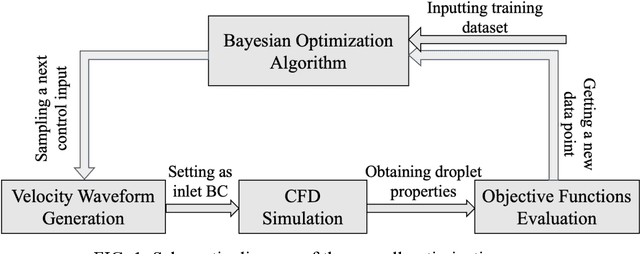
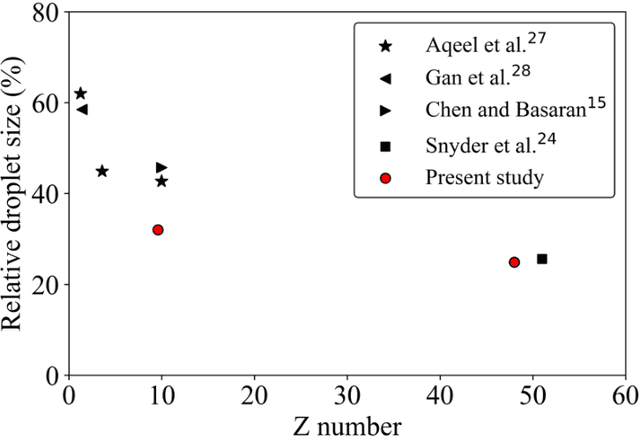
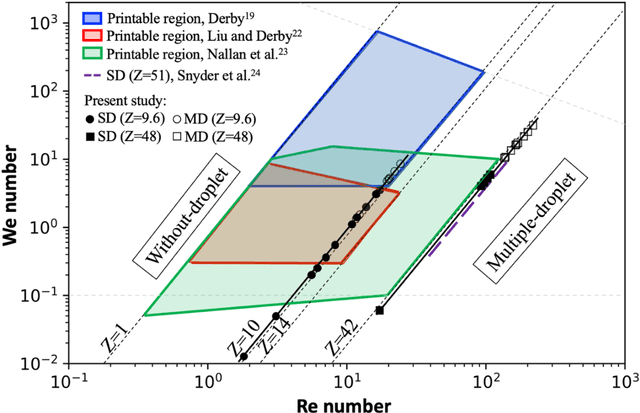
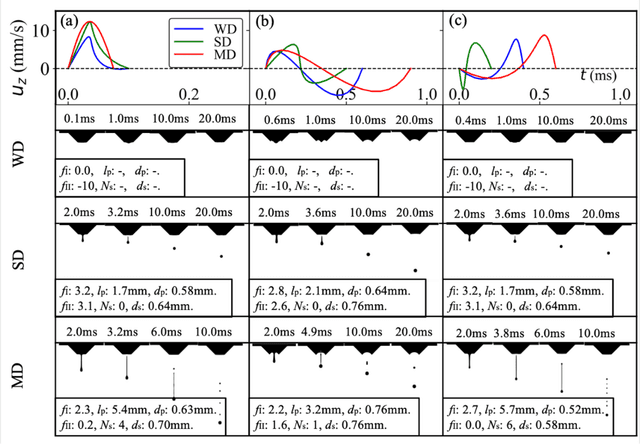
Abstract:Drop-on-demand (DOD) inkjet printing has been considered as one of promising technologies for the fabrication of advanced functional materials. For a DOD printer, high-precision dispensing techniques for achieving satellite-free smaller droplets, have long been desired for patterning thin-film structures. The present study considers the inlet velocity of a liquid chamber located upstream of a dispensing nozzle as a control variable and aims to optimize its waveform using a sample-efficient Bayesian optimization algorithm. Firstly, the droplet dispensing dynamics are numerically reproduced by using an open-source OpenFOAM solver, interFoam, and the results are passed on to another code based on pyFoam. Then, the parameters characterizing the actuation waveform driving a DOD printer are determined by the Bayesian optimization (BO) algorithm so as to maximize a prescribed multi-objective function expressed as the sum of two factors, i.e., the size of a primary droplet and the presence of satellite droplets. The results show that the present BO algorithm can successfully find high-precision dispensing waveforms within 150 simulations. Specifically, satellite droplets can be effectively eliminated and the droplet diameter can be significantly reduced to 24.9% of the nozzle diameter by applying the optimal waveform.
Instant Graph Neural Networks for Dynamic Graphs
Jun 03, 2022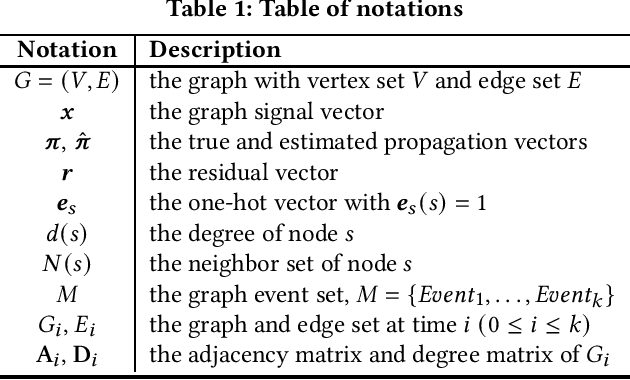
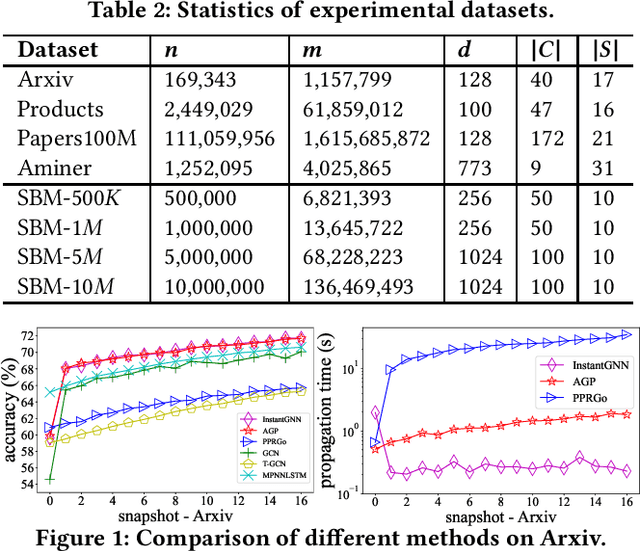
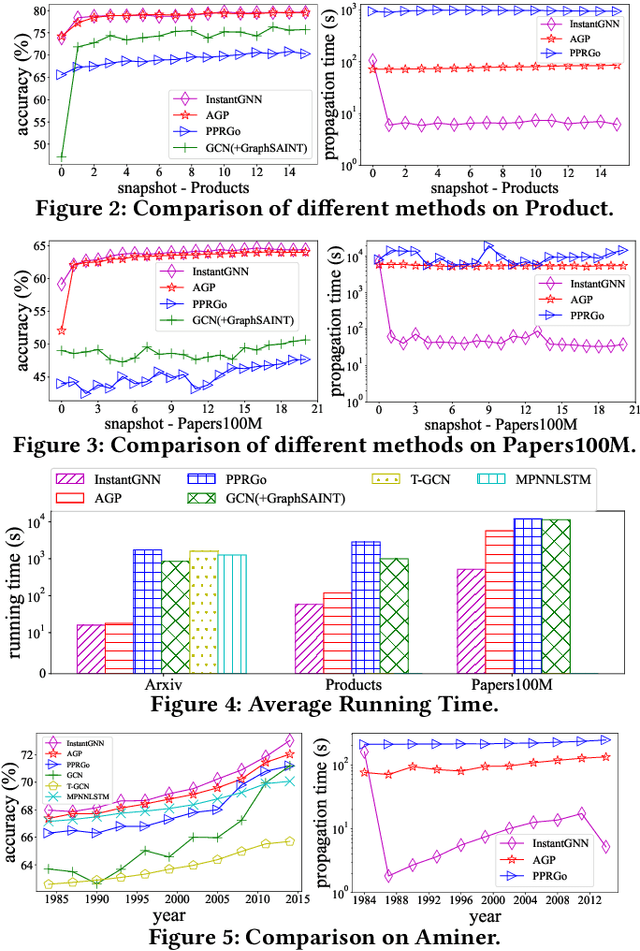
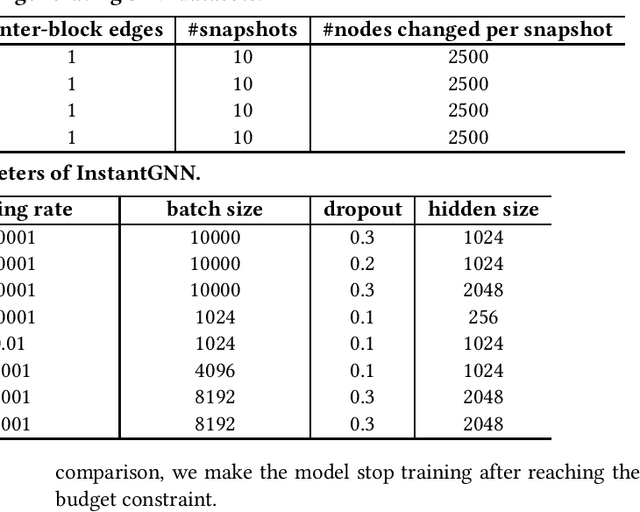
Abstract:Graph Neural Networks (GNNs) have been widely used for modeling graph-structured data. With the development of numerous GNN variants, recent years have witnessed groundbreaking results in improving the scalability of GNNs to work on static graphs with millions of nodes. However, how to instantly represent continuous changes of large-scale dynamic graphs with GNNs is still an open problem. Existing dynamic GNNs focus on modeling the periodic evolution of graphs, often on a snapshot basis. Such methods suffer from two drawbacks: first, there is a substantial delay for the changes in the graph to be reflected in the graph representations, resulting in losses on the model's accuracy; second, repeatedly calculating the representation matrix on the entire graph in each snapshot is predominantly time-consuming and severely limits the scalability. In this paper, we propose Instant Graph Neural Network (InstantGNN), an incremental computation approach for the graph representation matrix of dynamic graphs. Set to work with dynamic graphs with the edge-arrival model, our method avoids time-consuming, repetitive computations and allows instant updates on the representation and instant predictions. Graphs with dynamic structures and dynamic attributes are both supported. The upper bounds of time complexity of those updates are also provided. Furthermore, our method provides an adaptive training strategy, which guides the model to retrain at moments when it can make the greatest performance gains. We conduct extensive experiments on several real-world and synthetic datasets. Empirical results demonstrate that our model achieves state-of-the-art accuracy while having orders-of-magnitude higher efficiency than existing methods.
 Add to Chrome
Add to Chrome Add to Firefox
Add to Firefox Add to Edge
Add to Edge